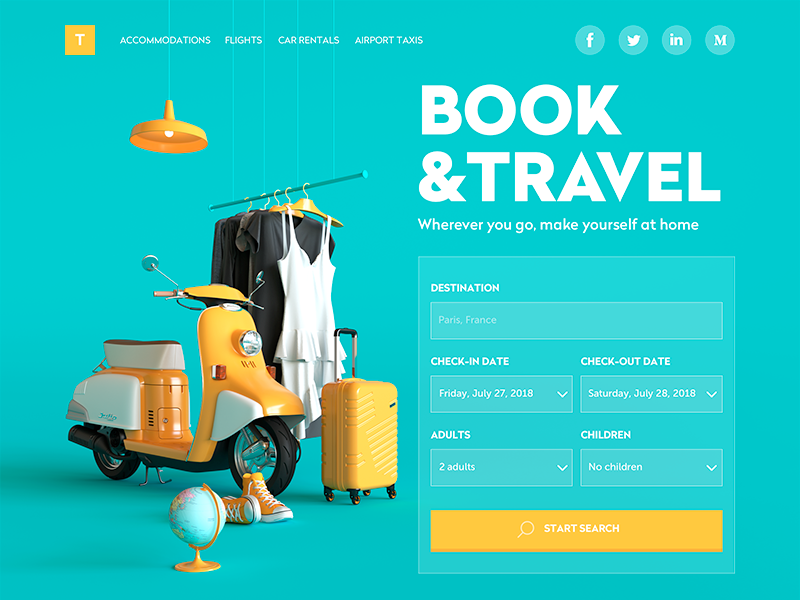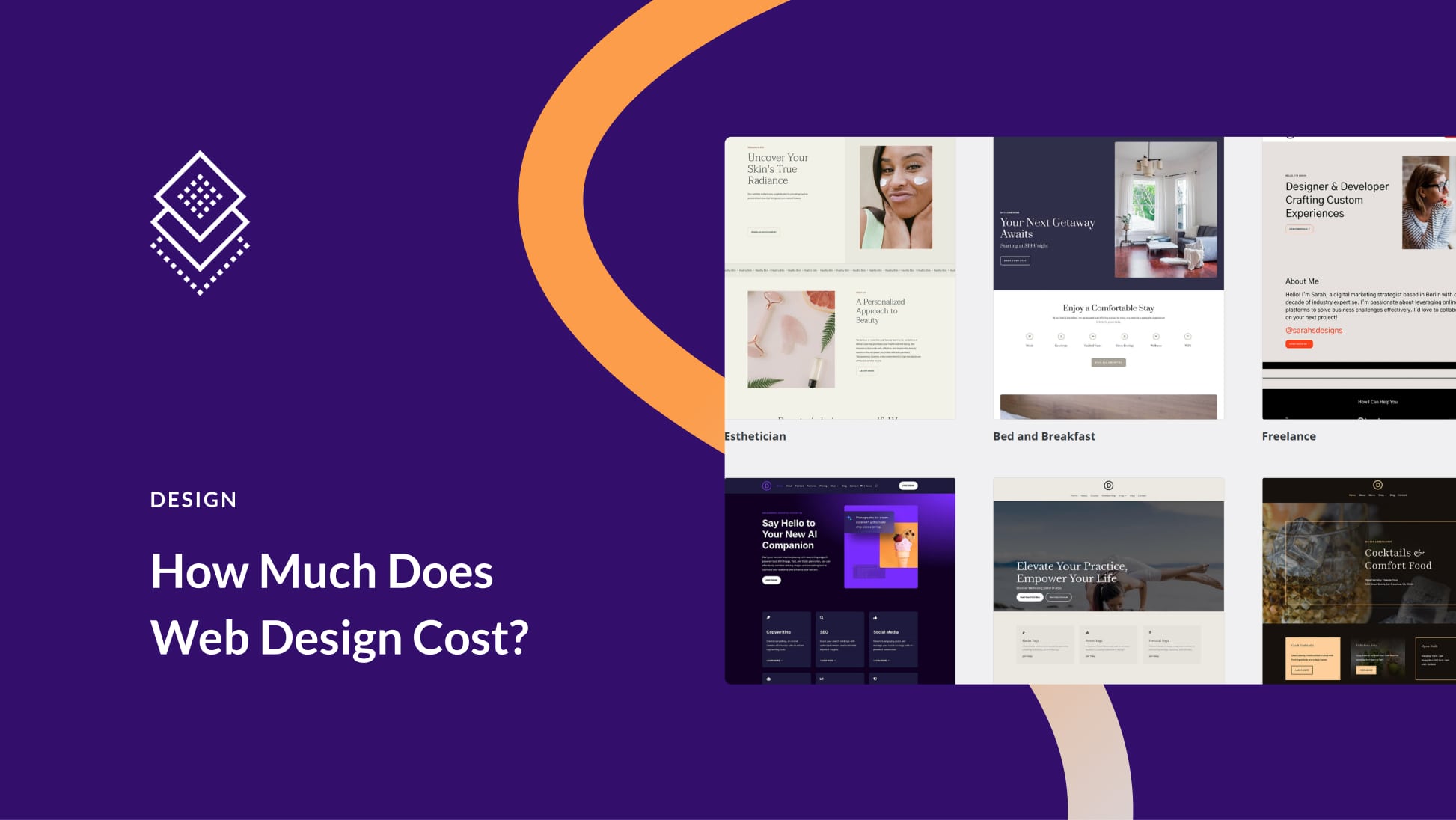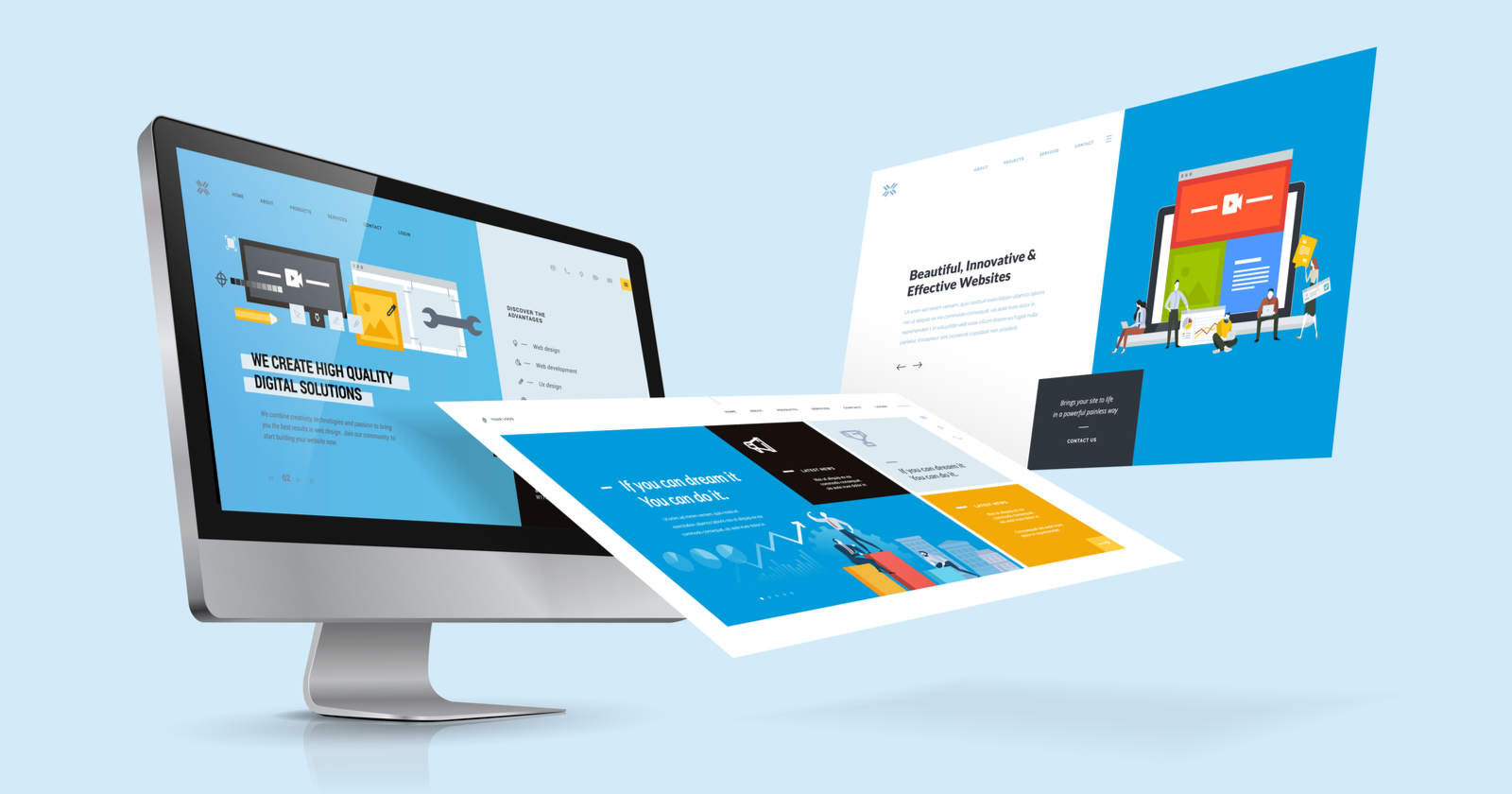The Most Effective Kinds Of Web Layout to Enhance Individual Experience and Engagement
In the ever-evolving landscape of electronic interaction, the performance of website design substantially affects individual experience and interaction. Various style approaches, such as minimal, receptive, and interactive layouts, each deal distinct advantages that can cater to varied user requirements. Recognizing which types of Web layout best serve these purposes can be pivotal for services intending to enhance client satisfaction and retention. The question remains: which layout components truly resonate with individuals and foster significant involvement? The expedition of these principles reveals vital understandings that might redefine your strategy to website design.
Minimalist Web Design
As digital landscapes end up being progressively messy, minimalist Web design has become an effective strategy to boosting individual experience. This style viewpoint prioritizes simplicity, concentrating on crucial components while removing unnecessary interruptions. By utilizing ample white room, uncomplicated navigating, and a restricted color scheme, minimal design fosters quality and guides individual attention to vital material.
The core principle of minimalist Web style is to create a smooth interaction for customers. By lowering cognitive tons, users can promptly comprehend information without feeling bewildered. This direct strategy not just improves use however also urges interaction, as visitors are more probable to explore a website that is simple and aesthetically attractive to browse.
Furthermore, minimal layout usually highlights typography and imagery, making use of these aspects purposefully to share messages efficiently. This emphasis on vital parts can improve brand name identity and produce a memorable individual experience. Basically, minimalist website design is not simply a fad; it is a thoughtful approach that identifies the value of user-centered layout. By removing additional components, designers can produce an extra interesting, effective, and enjoyable Web experience for all individuals.
Responsive Website Design
In today's diverse digital setting, receptive Web layout has become necessary for creating a seamless user experience across a wide range of gadgets. As individuals accessibility websites on smartphones, laptop computers, desktop computers, and tablets, the capacity of an internet site to adjust its format and material to different screen sizes and resolutions is vital.
Receptive website design employs adaptable grids, photos, and CSS media queries to ensure that Web content exists optimally, despite the device made use of. This strategy not just improves the visual allure of a web site yet likewise considerably improves use. Individuals are most likely to engage with a website that uses a consistent experience, as it eliminates the aggravation of having to focus or scroll exceedingly.
By embracing receptive style, organizations can improve their exposure and get to a wider target market. In recap, responsive Web design is an essential technique that enhances customer experience, engagement, and overall satisfaction.
Interactive Web Layout
Receptive Web design prepares for enhancing user experience, however interactive Web design takes this a step additionally by involving users in a more dynamic way - Aligned Position Web Design. By incorporating aspects such as computer animations, clickable models, and real-time feedback, interactive website design mesmerizes users, attracting them right into a richer surfing experience
This technique not just cultivates involvement yet additionally urges individuals to discover material proactively rather than passively consuming it. Methods such as gamification, where customers make benefits for completing tasks, can dramatically improve the moment spent on a site and improve overall fulfillment. Furthermore, interactive features can streamline complicated info, making it much more digestible and delightful.

Integrating interactive style elements can likewise lead to higher conversion rates, as individuals are extra likely to engage with a website that actively includes them. Aligned Position Web Design. Eventually, interactive Web style transforms user experiences into memorable journeys, ensuring that site visitors return time and once more
Flat Style
Defined by its minimalistic method, flat layout highlights simplicity and functionality, removing unneeded components and focusing on important features. This style viewpoint prioritizes use, making certain that customers can navigate interfaces with convenience and efficiency. By utilizing a tidy aesthetic, flat design gets rid of the mess frequently found in much more ornate styles, consequently improving customer concentrate on material and performance.
The characteristic of flat style depends on its usage of bold shades, straightforward typography, and geometric forms. These components add to a visually appealing interface that is both modern and friendly. Furthermore, level design cultivates a feeling of quality, allowing individuals to discern essential activities and information without diversion.
In addition, flat layout is especially efficient in responsive Web design, as its simplicity translates well across various devices and screen sizes. The absence of detailed appearances and slopes minimizes filling times, which is essential for keeping customer interaction. As digital landscapes remain to advance, flat layout remains a that site pertinent choice for developing user-friendly websites that boost total experience. By concentrating on essential features, flat design not only fulfills user requirements but also encourages smooth communication, making it a crucial component of effective website design approaches.
Adaptive Web Style
Adaptive Web style personalizes the user experience by producing multiple fixed layouts tailored to different screen sizes and devices. Unlike receptive style, which fluidly adjusts a solitary layout, adaptive style utilizes distinctive layouts for certain breakpoints, making certain optimum discussion on different systems. This method permits designers to concentrate on the one-of-a-kind attributes of each gadget, boosting use by providing specifically what customers need based upon their context.
One of the primary benefits of flexible Web style is its capability to enhance tons times and efficiency. By serving tailored content and pictures that fit the user's gadget, internet sites can reduce data usage and boost loading rates. This is particularly valuable for individuals with slower connections or restricted information plans.

In addition, adaptive style helps with a more constant and regulated branding experience. Considering that designers produce numerous formats, they can make sure that the visual elements line up with the brand's identification across different platforms - Aligned Position Web Design. This leads to a natural his comment is here customer experience, enhancing engagement and advertising user retention
Verdict
Minimal layout fosters quality and focus, while responsive design makes certain flexibility across numerous gadgets, promoting accessibility. Collectively, these layout comes close to contribute to the development of user-friendly environments that not just boost contentment yet likewise drive greater conversion prices, underscoring their crucial importance in modern Web layout methods.

Minimal style cultivates quality and focus, while receptive style makes certain flexibility throughout various gadgets, promoting availability. Collectively, these style comes close to contribute to the production of user-friendly atmospheres that not just enhance satisfaction yet likewise drive higher conversion rates, emphasizing their important relevance in modern Web style approaches.